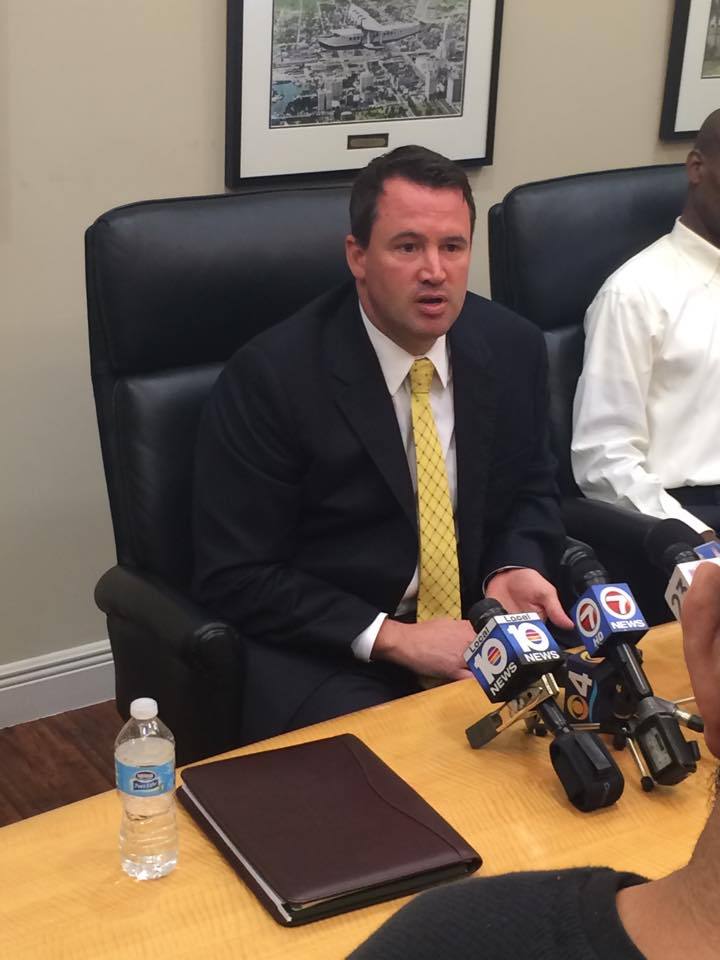Authored By The Haggard Law Firm’s Christopher L. Marlowe
When you argue that your client’s injuries could have been prevented through the use of reasonable security measures, the defendant will claim those measures are excessive or unnecessary. So what are reasonable measures, and how can you help the jury view the case through your eyes? You must first go to the crime scene and begin reviewing any security efforts that the defendant undertook.
A crucial part of evidence development in these cases is examining the premises and putting the security measures into context. For example, a client was stabbed to death in his aunt’s apartment complex parking lot as he went to the vending machines near the community swimming pool.1 The complex gave a rent-free unit to a courtesy security officer who was also a local police officer and claimed to perform three daily patrols around the property with an enormous dog and a pistol. She also submitted observation reports to management. I was deflated by this proactive security regime until the officer and on-site managers were deposed.
Through public record requests, I obtained the officer’s call schedule for her official police duties for the previous three years. The three daily patrols she claimed she conducted could not be reconciled with her documented obligations for the city police department. The nuisance crimes of vandalism and drug use at the community swimming pool were incompatible with her insistence that once she locked the common area amenities at night, the property was under control. And somehow her fellow officers failed to inform her of four robberies and a carjacking that occurred at the complex while she lived there. At trial, the plaintiff’s counsel was able to expose this façade, and the jury found the complex was 100 percent liable.
In another case, my client was shot in the face at a gas station near the Miami-Dade County Fairgrounds during the annual fair. My first few visits to the property were unremarkable, so I wondered how we could convince any jury that this ordinary gas station should have employed security. So we waited to visit again until the next year’s county fair.
By comparing surveillance video from a normal Friday night with video from the same time and date during the following year’s county fair, we were able to show the massive increase in foot and vehicle traffic during the fair. We did not advocate that there was anything wrong with the gas station itself – but we explained that for two weeks each year, it assumed an entirely different criminal profile, and increased security measures should have been deployed. Understanding your site will help you stay focused on the defendant’s duty to appreciate the foreseeable risk and act on it.

(Pictured: Attorney Christopher Marlowe)
Sometimes, when security is compromised, there will be a debate about whether armed or unarmed security was appropriate for a property. The jury is unlikely to punish a defendant for choosing unarmed over armed guards if the choice was based on intelligence and made after informed deliberations.
Other security decisions become central to the case. Premises owners and managers often use security vendors, who make recommendations for protecting the property against crime. The vendor invariably will have suggested implementing the most comprehensive security system, but the defendant chose a lesser program due to cost. Driving a wedge between the vendor and the property manager becomes very important, and you can do this with the assistance of either entity’s former employees. Defendants usually are not on the same page as their vendors about crime on the premises, the necessary remedies, or the rationale for the choices made.
Familiarity with crimes that occurred on the property is fundamental. Do not rely on crime statistics or grids. Read every police report from the property, going back at least three years from your client’s assault. What may appear to be a simple property crime can yield the greatest notice and foreseeability witnesses. For example, a police report showing theft of a cell phone from a vehicle may appear trivial and unrelated on its face. However, the victim of that property crime often will have reported it to management and felt violated by that intrusion, especially if it happened more than once. The best witness regarding notice of on-premises crimes may be a robbery victim who constantly complained to management.
As the defendant tries to distract your attention from the core issues, refocus the case on specific criminal incidents and what the defendant failed to do in response to each. Make sure to use police reports when deposing the defendant – it will force them to admit, repeatedly, that they either did not know of the crime or that they did not make any changes in response to it. Specific crimes will help you show the jury that your case is not about crime generally or in the city where the property is located – it is about crime on this specific property.
Negligent security cases can consume thousands of hours from inception to conclusion. You must contend with both criminal and civil investigations, witnesses who may reasonably fear retribution, properties in crime-ridden areas, and even clients whose presence at the time of the incident concerns jurors. To get past these difficulties, it is crucial to maintain your focus on proving that the defendant’s security measures were inadequate.
Learn more about The Haggard Law Firm by clicking here
Notes:
1. Almaguer v. MIG Pines Dev., Ltd., No. 08-50972 CA 21 (Fla., Broward Co. Cir., Mar. 25, 2010).










